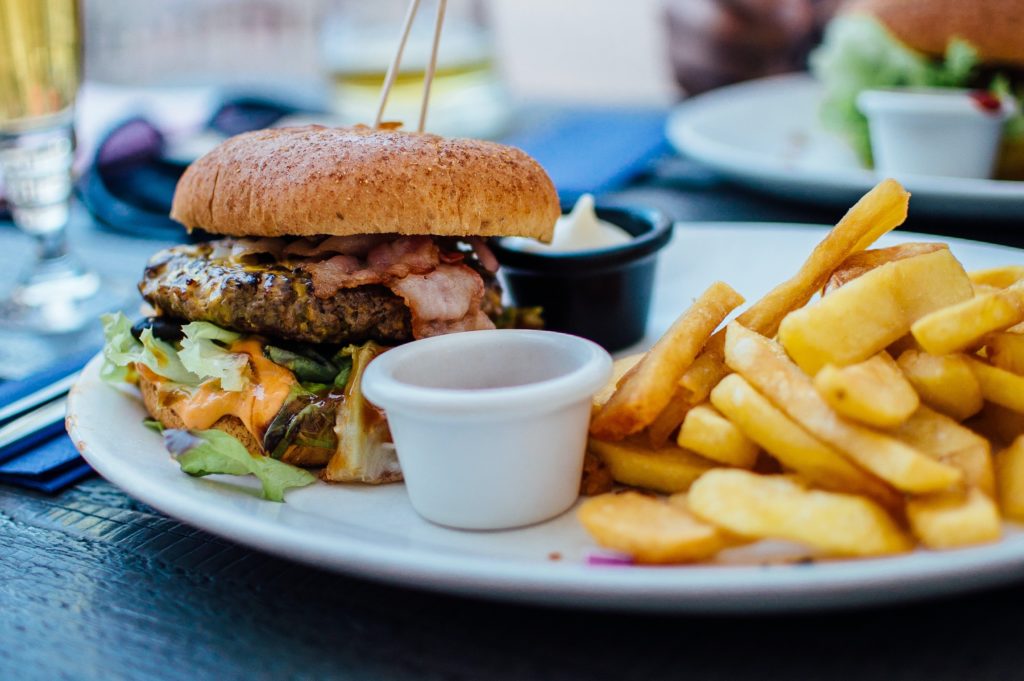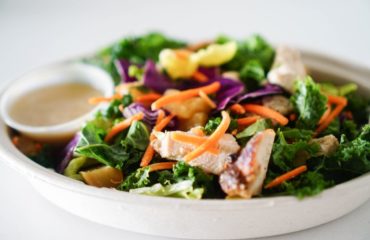
Spring is the best period for cleansing and recovery, and fasting in spring is one of the proven ways to cheer up after hibernation, shed excess ballast in the form of kilograms eaten during this “hibernation” and replenish vital energy reserves. But do not rush to jump into hunger with your head: we offer you 3 alternative (read – sparing) methods. After trying each of them, you can choose your best reboot method – fast and painless.
One-day fasting, it is also a fasting day – dry or on water (we cross out juices-buckwheat-apples). Anyone who at least once dared to hold out for a day without food, he, for sure, practices this type of fasting on a regular basis, ideally once a week. It is best to start this practice in spring, when outside the window the air temperature allows you not to stock up on “fuel” with a vengeance, and the brightness of the sun compensates for the frequent snacks for the “sweet”. On the eve of day X, alcohol and a late heavy dinner are excluded, thereby prolonging the time of the “one-day” fast. 36 hours – it is during this time without food that your body must completely reboot. We count from the evening of the previous day: for example, from 7 o’clock to 7 pm the next day – this is a day. Plus 12 o’clock is seven in the morning. Throughout this time, we do not eat anything, we drink water at room temperature (or alternate with warm herbal tea) every hour. We rest, take a leisurely walk in the park and go to bed early. Therefore, a weekend is ideal for these purposes, especially if you have never been hungry before and do not know what surprises to expect, but they are possible – these are headaches, fatigue and irritability. And that’s okay. The body resists, but also cleans itself (from 1 to 2 kilograms of excess weight). We “get out” from fasting gently and carefully: the first breakfast – an apple (raw or baked), a couple of hours later – the second, consisting of porridge in water or a small portion of boiled vegetables. In general, on the day of “exit” it is better to give up heavy (fatty-animal) food – unnecessary stress to the body, which has just emerged from the state of stress, is useless.
Intermittent fasting. Not a diet, but a lifestyle that includes daily restriction of food for a certain period of time. For example, at 16 o’clock. In the remaining 8 hours, you can eat everything, but in small portions. Having accustomed yourself to such a food schedule, your body adapts, accelerates at the metabolic level and learns to fully rest, not only at the physiological level, but also at the mental level. And if we consider that we usually sleep for 8 hours out of 16 (ideally), then it is quite possible to hold out without food for the remaining 8 hours (it is optimal to eat from 10 am to 6 pm). And although you will not be able to observe the result of such a diet immediately, weight loss, thanks to a change in the overall diet, will be correct, and its result will be fixed for a long time, as well as good health.
Cosmetic fasting in our selection is not superfluous, as it might seem at first glance. Because if you carry out “spring cleansing” of the body, then it is better to do it at all levels. At the level of the dermis as well. The term “skin fasting” first appeared in 2011 with the filing, oddly enough, of the creator of the Japanese cosmetics brand Mirai Clinical – Koko Hayashi. In his article on the topic, he encourages girls to go to bed without moisturizer for a week, and also not to abuse cosmetics during the day. Thus, according to him, the secretion of the sebaceous glands is normalized and the natural protective barrier of the skin, weakened by excessive cleansing and nutrition, is strengthened. As a result of such a diet (ideally – from a week to 28 days), the skin “breathes” more easily, it gets rid of toxins faster and reliably (read – in a natural way) protects itself from the harmful effects of the environment. Check it out?




